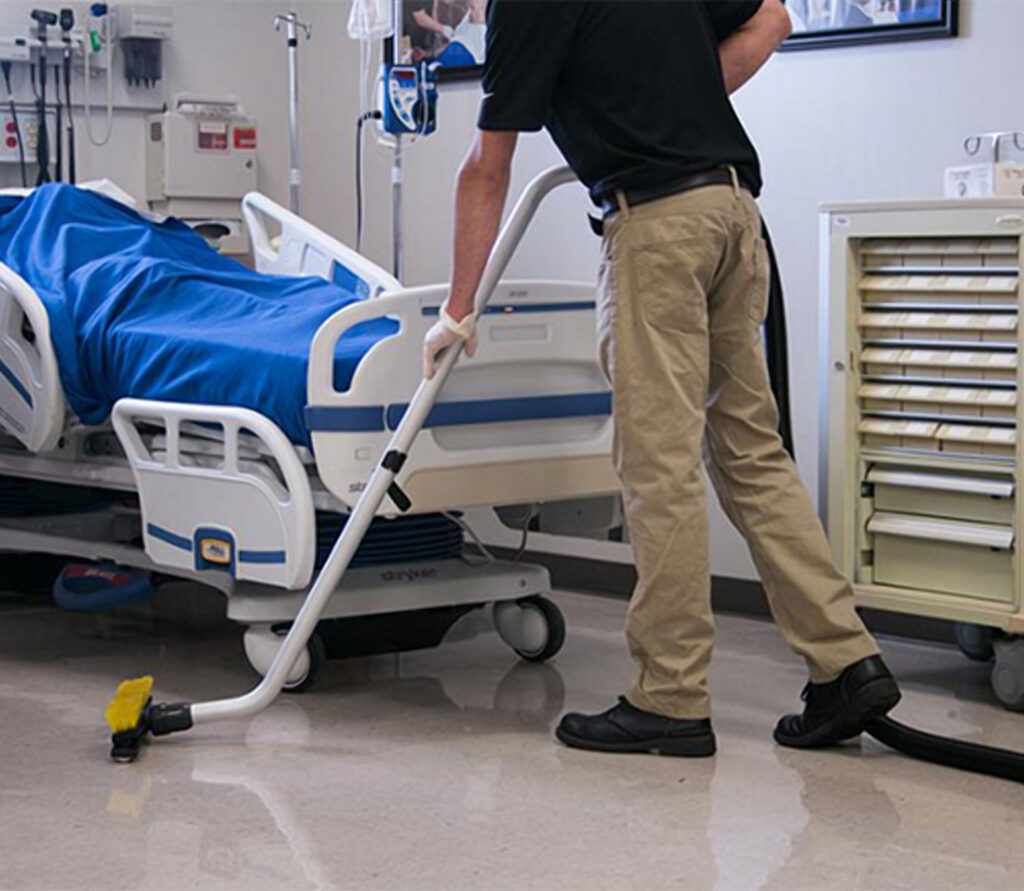Management of hospitals, long-term care facilities, emergency medical care centers, and physical or mental rehabilitation facilities confront numerous obstacles in maintaining the highest sanitation standard while caring for sensitive populations. Keeping the facility pest-free is one of these issues since pests represent a range of health risks by spreading bacteria and contaminating surfaces, medical supplies, and equipment.
What are the different types of pests that can be found in a healthcare facility?
Pests can be found in many places, and a healthcare facility is no exception. They can be found in the facilities’ kitchens and bathrooms, as well as in the patient wards. There are many pests that can be found in a healthcare facility. Some of the most common pests include rodents, cockroaches, ants, flies, bed bugs, and spiders. Pests are not only a nuisance but also a health hazard for the patients and staff. They can cause allergic reactions, transmit diseases, and contaminate food.
To avoid the risks of pesticides, professional pest control companies have been experimenting with new ways of removing pests from healthcare facilities without using harmful chemicals. Therefore, the best strategy to avoid a pest problem is understanding how pests get access to enter, which pests are the most problematic, where infestations are most likely to occur, and how to prevent them.
What are the signs of pests in healthcare facilities?
Healthcare pest problems can arise from pests that enter from the outside, those present within the structure, and those that visitors or workers bring in via clothing, food, flowers, or other items. Pests in healthcare facilities can be seen as a serious threat to the health and safety of patients. Pests are often found in healthcare facilities because they are attracted to food, water, and other sources of nutrition. They also thrive on the warmth and humidity that are found in many healthcare settings.
It is important for healthcare facilities to be aware of the signs of pests so that they can take preventive measures. The following signs can identify pests in healthcare facilities:
1) Excessive numbers of insects in the area
2) Presence of droppings and/or waste from rodents, flies, or other insects
3) Signs of damage to property (walls, doors, etc.)
4) Presence of food scraps that may attract pests
5) A strong smell coming from the patient room or area
What are some tips for controlling pests in healthcare facilities?
Pest control services are essential for commercial places to ensure that their premises remain free from pests and other hazardous organisms. Whether it is a hotel, restaurant, office building, warehouse area, or any other kind of commercial place, pest control services can be used to keep the environment clean and hygienic.
The management of healthcare facilities is intrinsically related to pest control and management. Instead, it must be viewed as critical to meeting these objectives. Putting in place a successful, competent pest management policy is an investment in the well-being of consumers and employees, as well as maintaining a positive public image. Every level of healthcare staff and every area of the facility must participate in an effective pest-prevention strategy. Educating all levels of staff and cooperating with an experienced pest management company are crucial elements of pest control.
There should be training for staff to recognize and report pest problems, regardless of how minor they may appear. It doesn’t matter whether there are rodent droppings or a cockroach in the kitchen, ant colonies in surgical or autopsy suites, signs of a bedbug in a patient’s room, or flies buzzing around garbage disposal areas – employees should recognize these signs and report to the healthcare management immediately.
There are many ways that pest control can be implemented, but the most effective way is to use an integrated pest management approach that uses surveillance, prevention, and treatment. It refers to practical and efficient techniques for treating and controlling pests. It is important to determine the best remedy for a pest problem. Inspecting, Sealing cracks, reducing food and water sources, and using control agents as necessary are all IPM strategies.
There are also some other solutions for controlling pests in healthcare facilities include, which can be done by yourself, such as:
1) Identify and eliminate sources of moisture in plumbing areas, such as leaky pipes and clogged drains.
2) Ensure that food is properly stored and sealed, particularly in kitchens and cafeterias.
3) Remove trash daily from high-volume areas such as eating areas and kitchenettes, where food scraps, crumbs, and trash are likely to build up.
4) Regularly dispose of garbage in sealed containers or dumpsters.
5) Regularly check your kitchen drains and under appliances such as refrigerators and freezers for any clogs.
6) Ensure that all entryways, especially those that lead to loading docks, are closed at all times.
Image Credits: https://www.rexenvironmentscience.in
Frequently Asked Questions
Q. How can pest control companies help hospitals and other healthcare facilities?
A. Pest control companies can be of great help in hospitals and other healthcare facilities. They can provide a wide range of services for the facility such as pest management, pest control, and prevention.
Q. How can pest management be improved in healthcare facilities?
A. There are some ways to improve pest management in healthcare facilities, such as using non-toxic methods such as physical barriers and biological controls to prevent pests from entering the facility or implementing monitoring systems that alert when there is an infestation or when pest activity is detected.
Q. Why is pest control important in hospitals?
A. Pest control is important in hospitals because it keeps hospital employees safe from the spread of infectious diseases. Hospitals have a high turnover rate and are places where people are often ill or have weakened immune systems. This increases the chances for pest control to spread illness. A good pest control program at a hospital will help protect patients from communicable diseases and keep the hospital clean.
